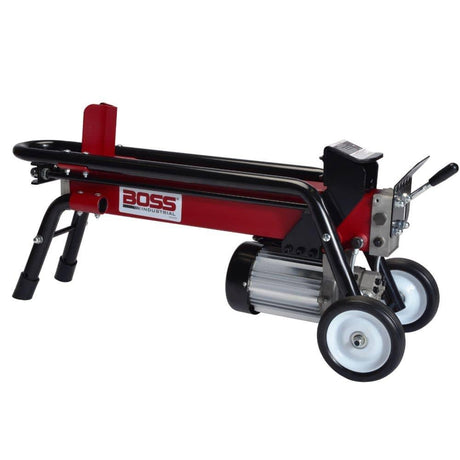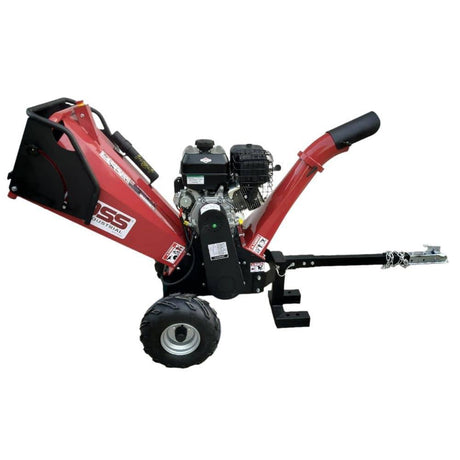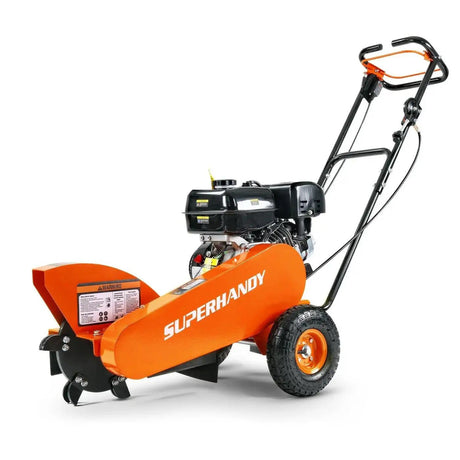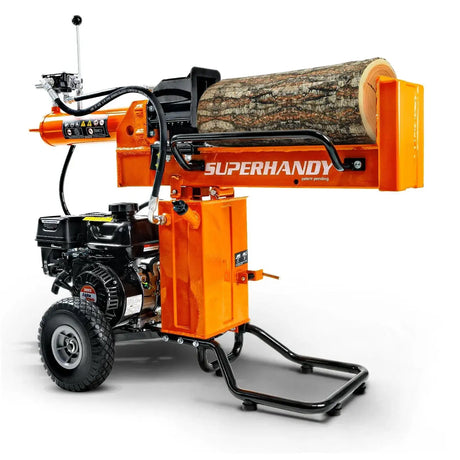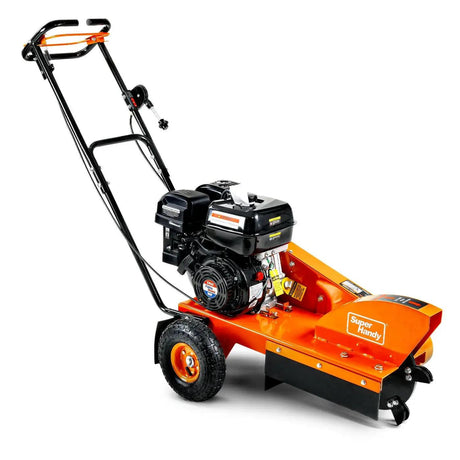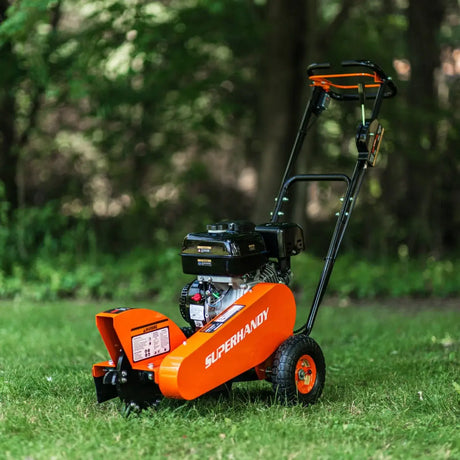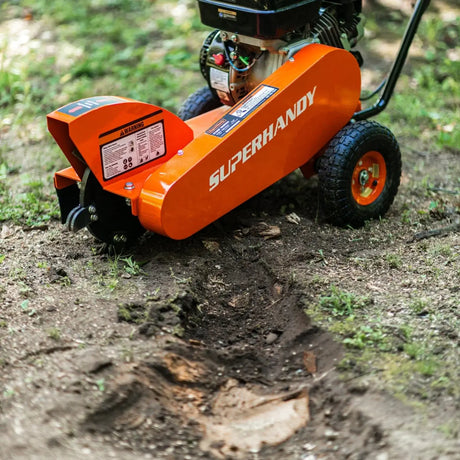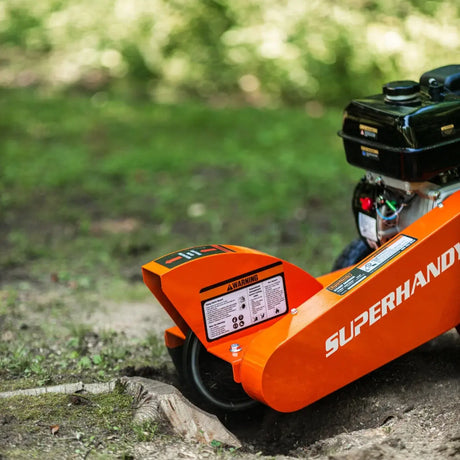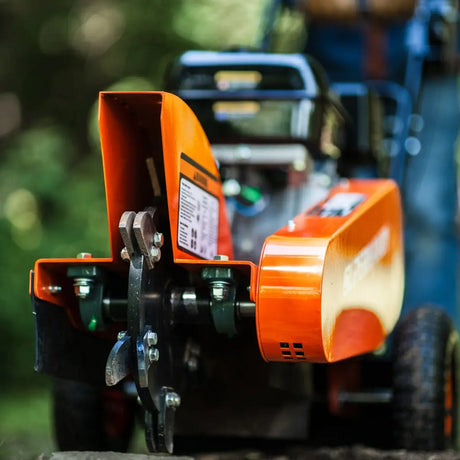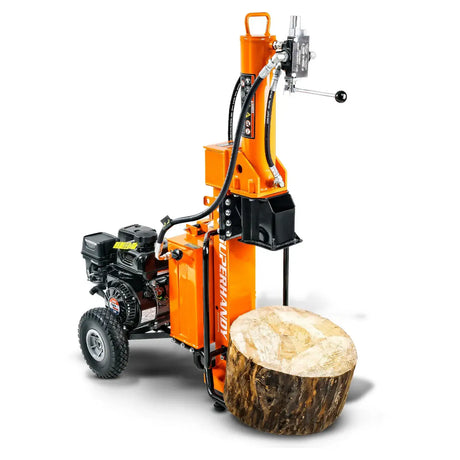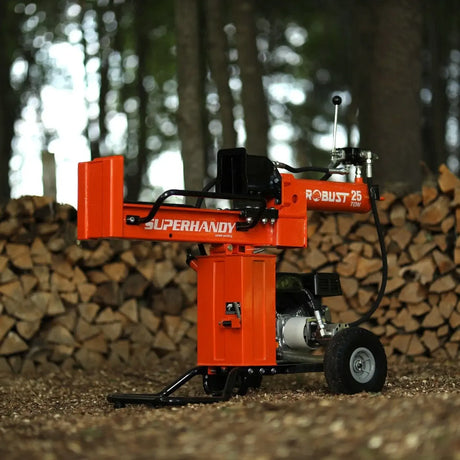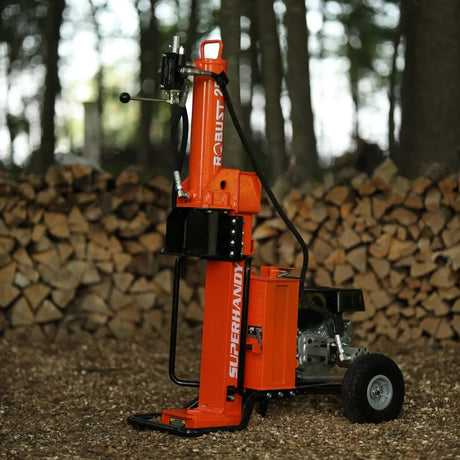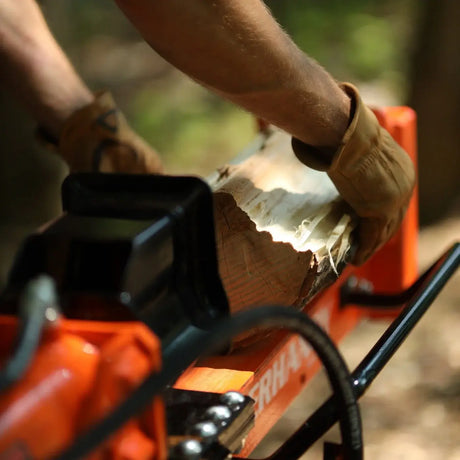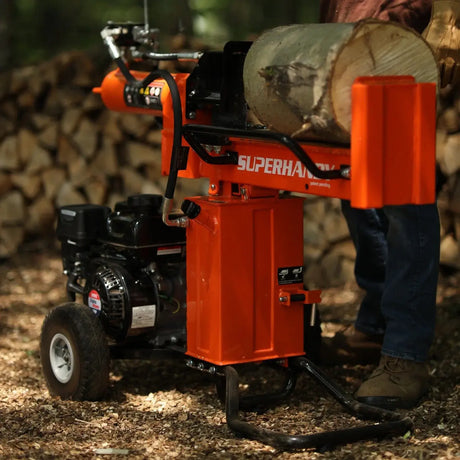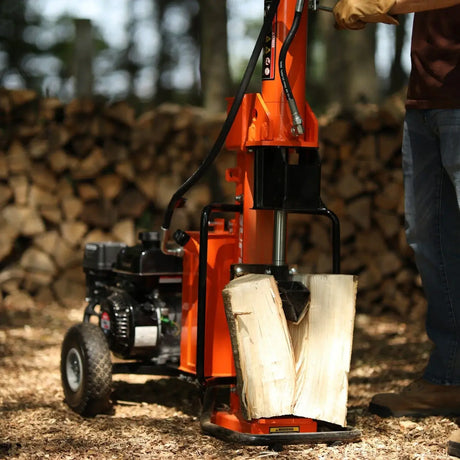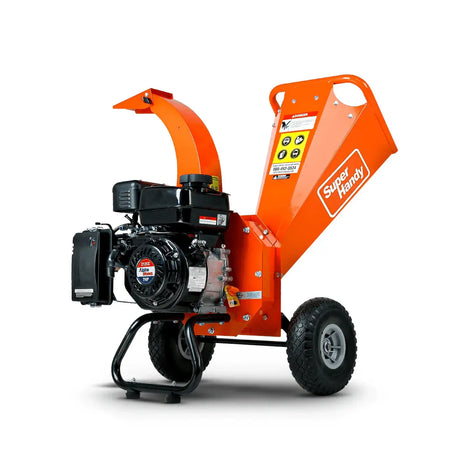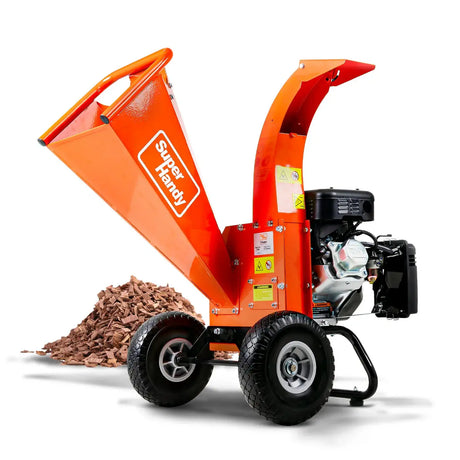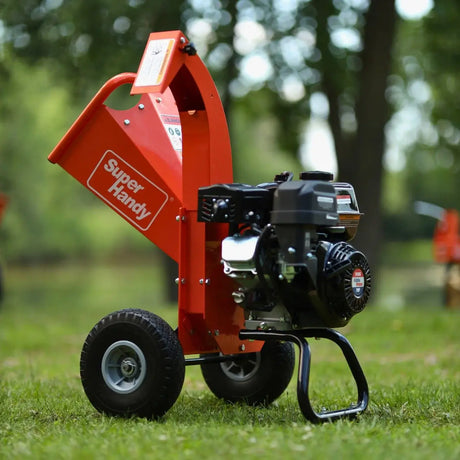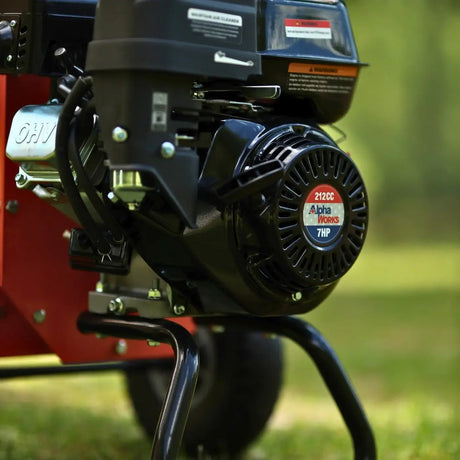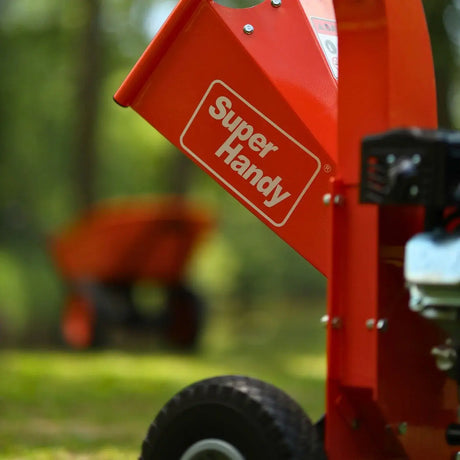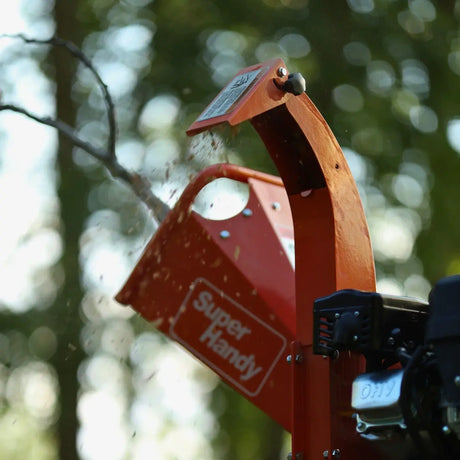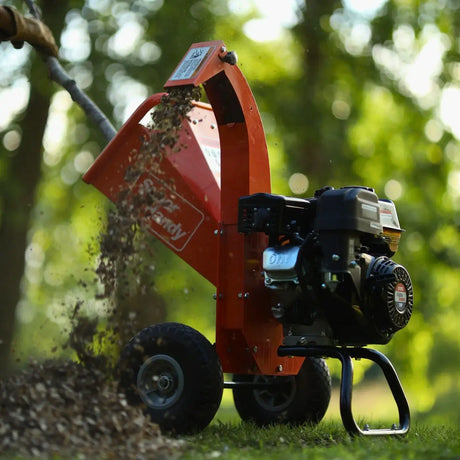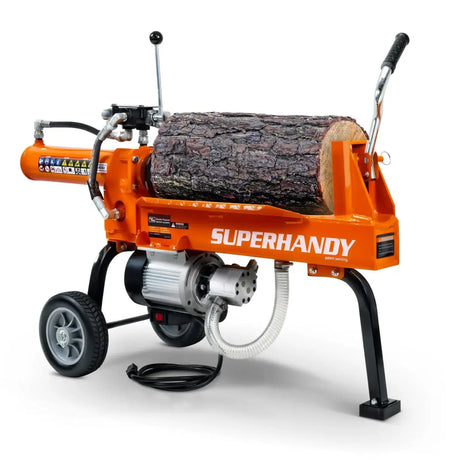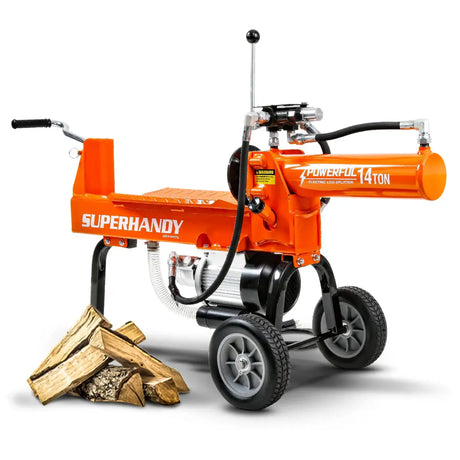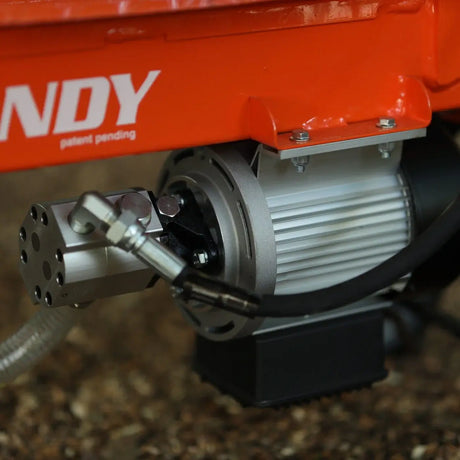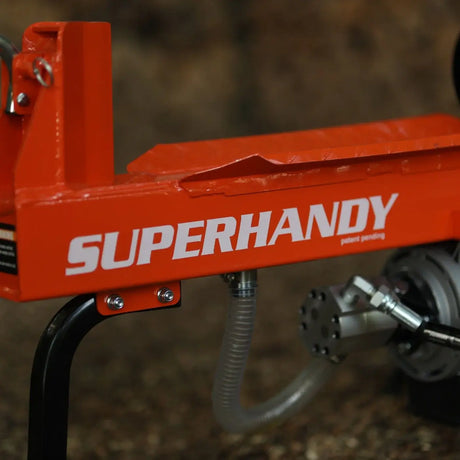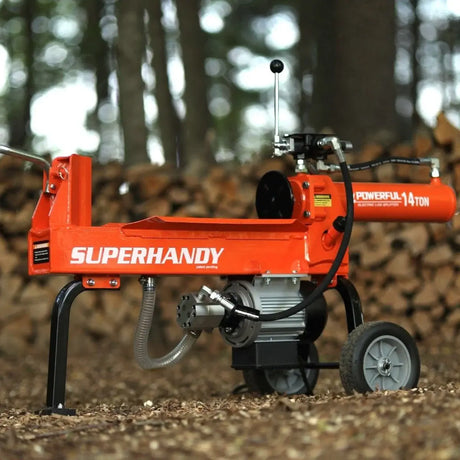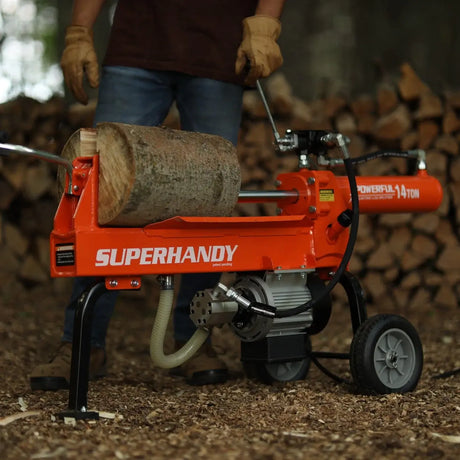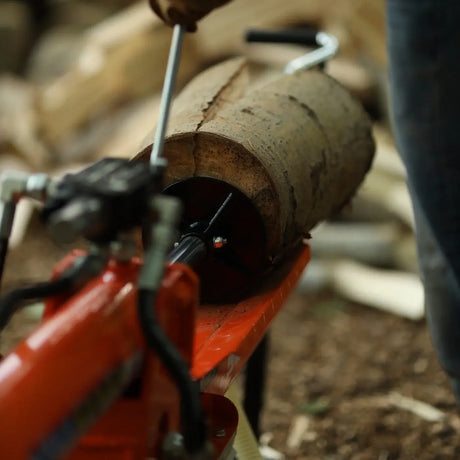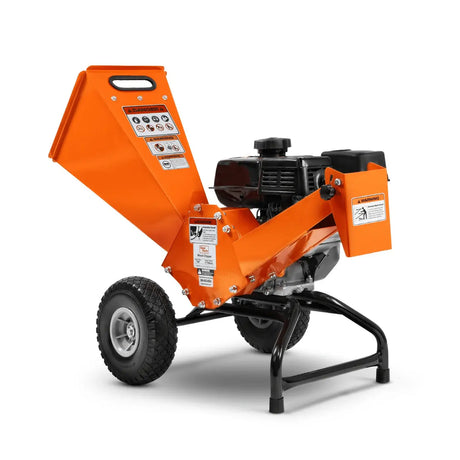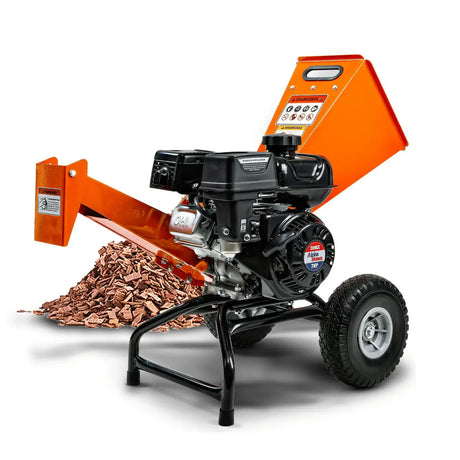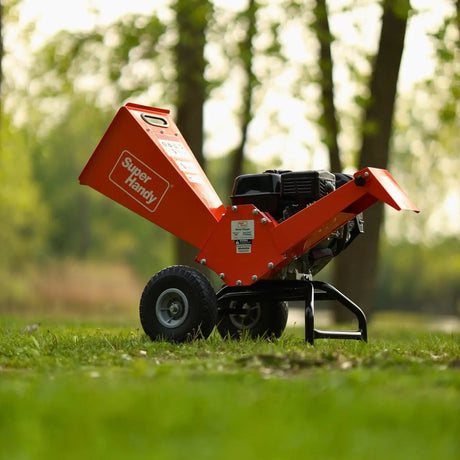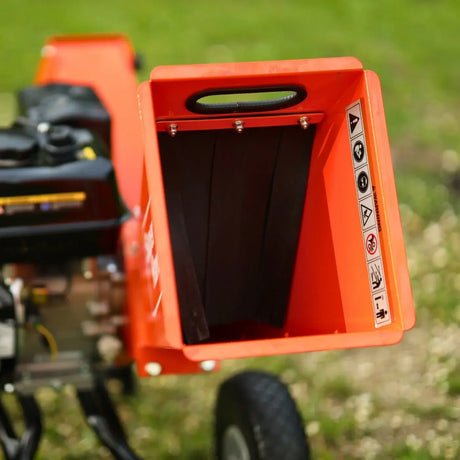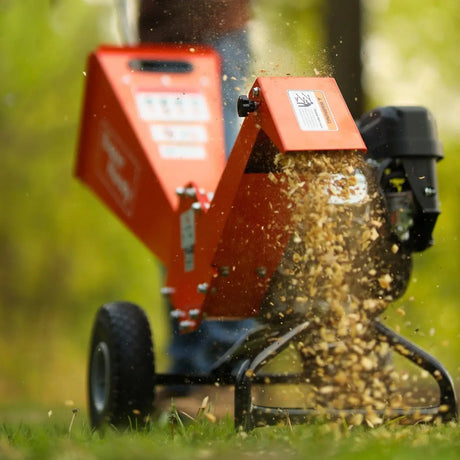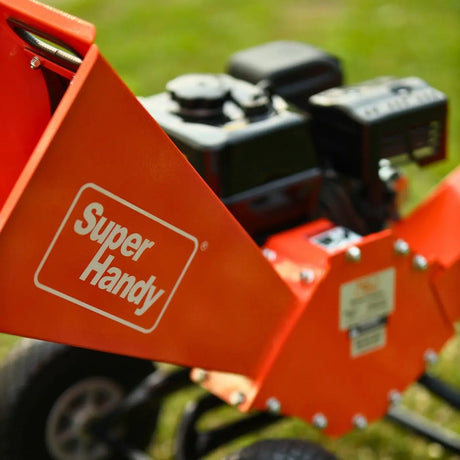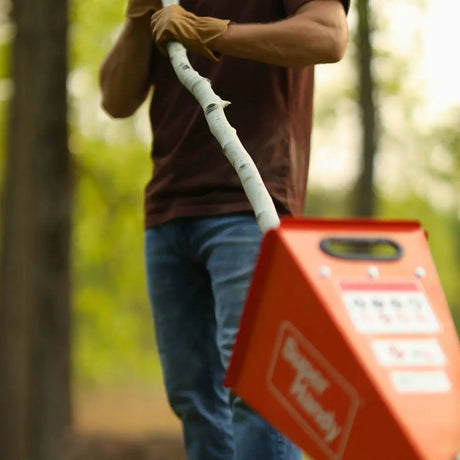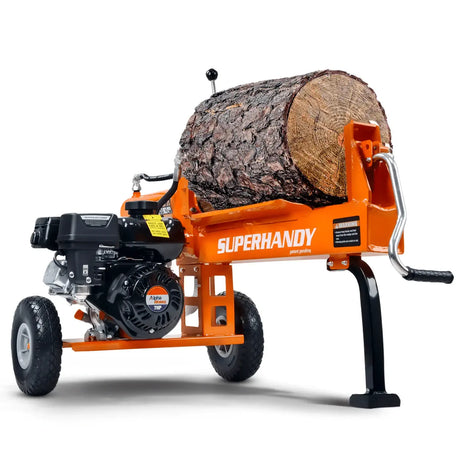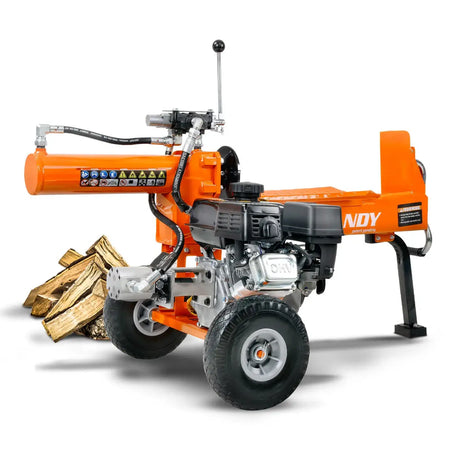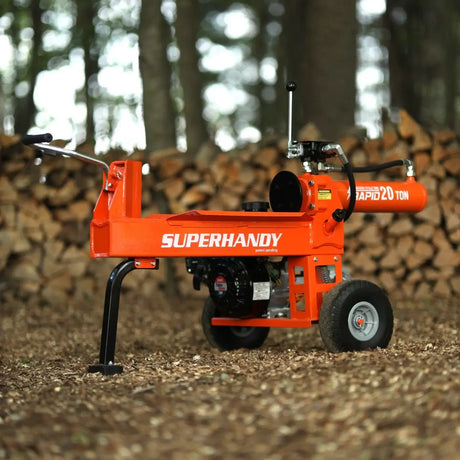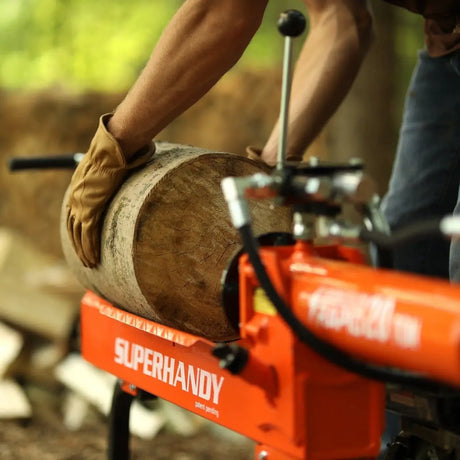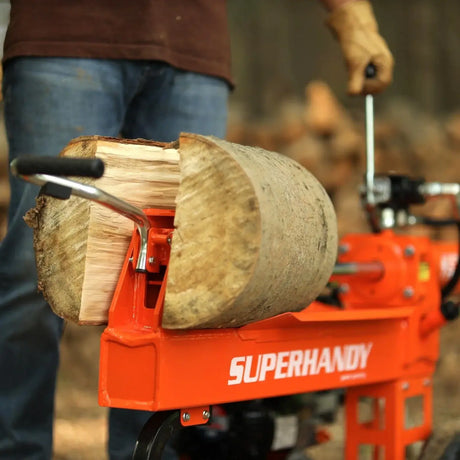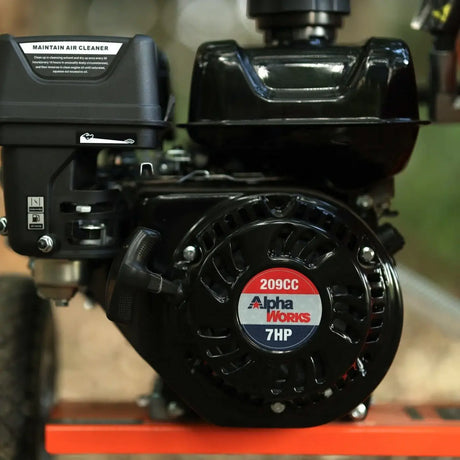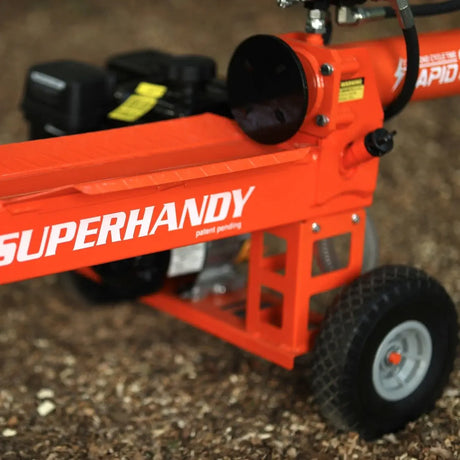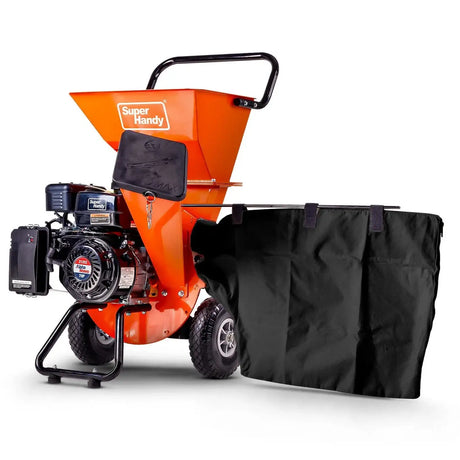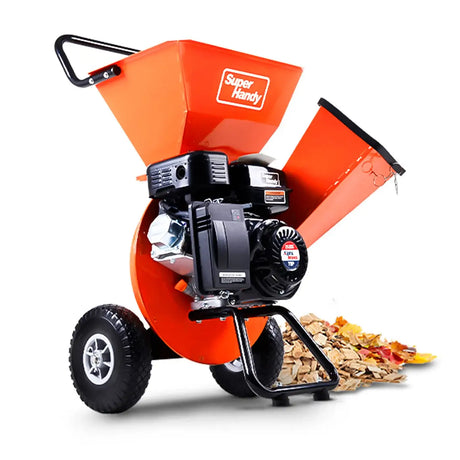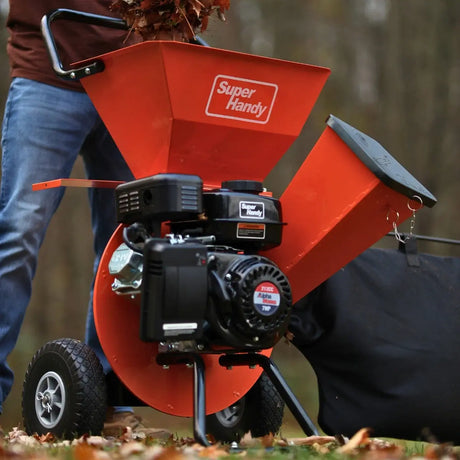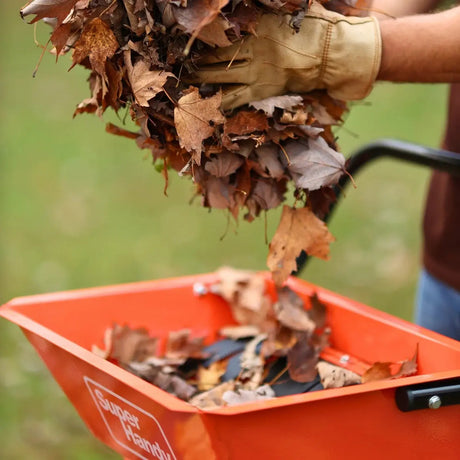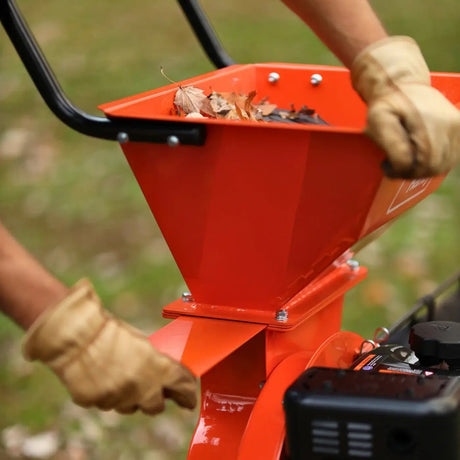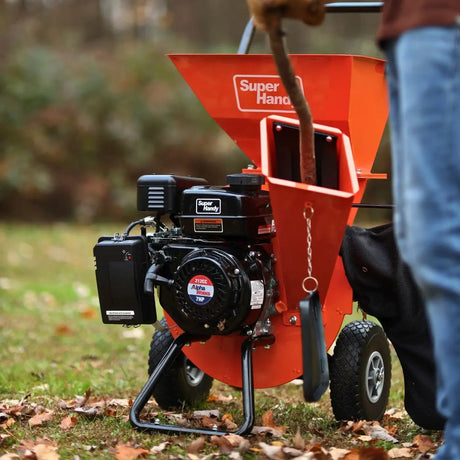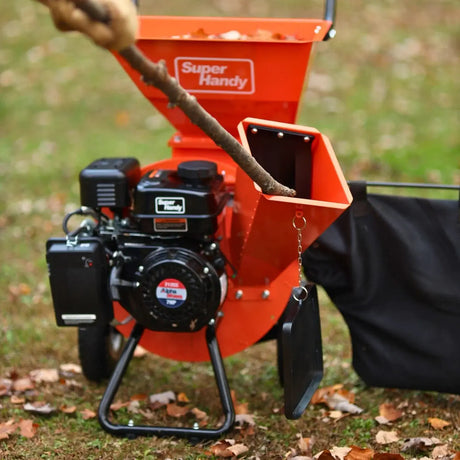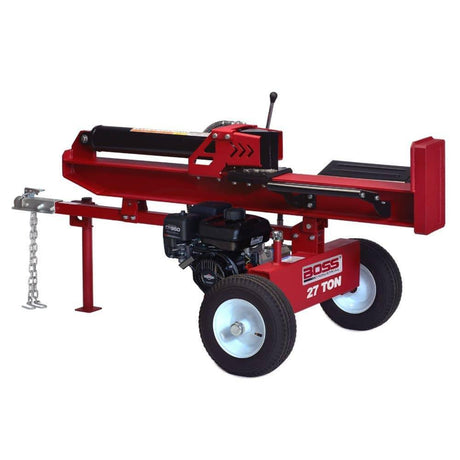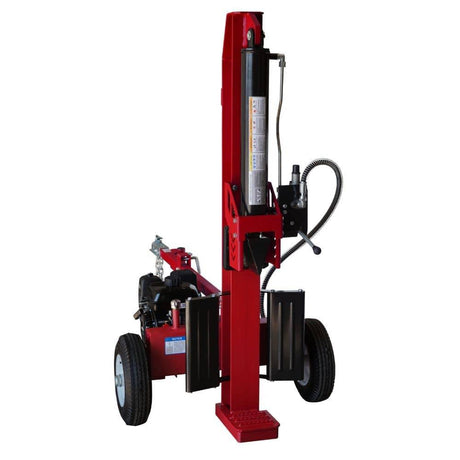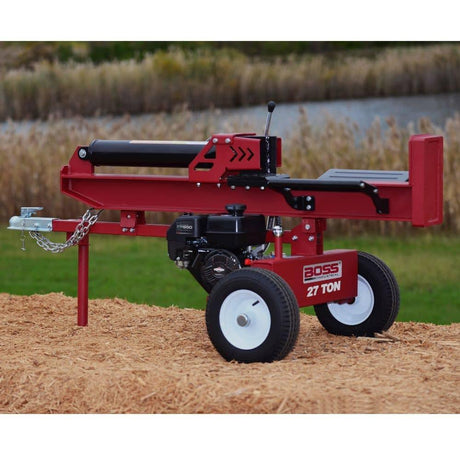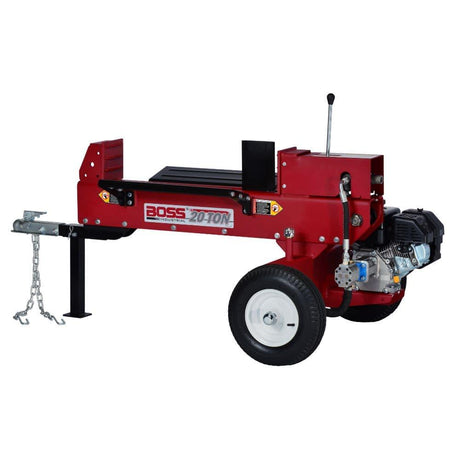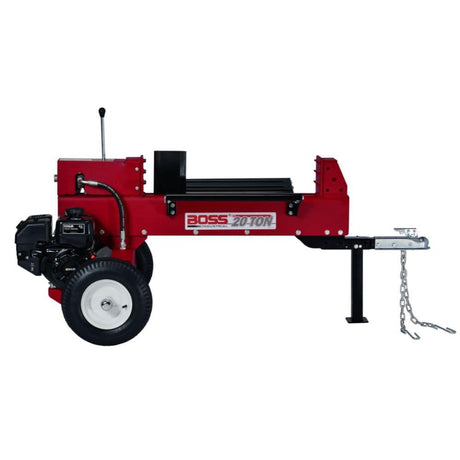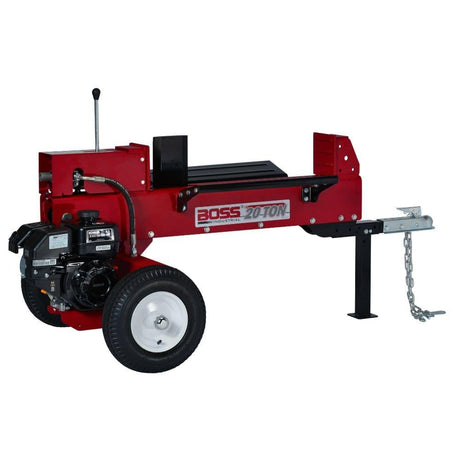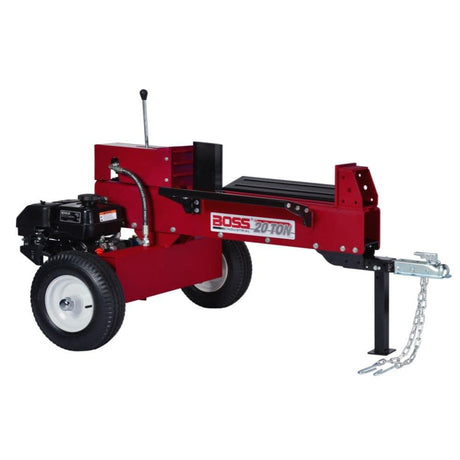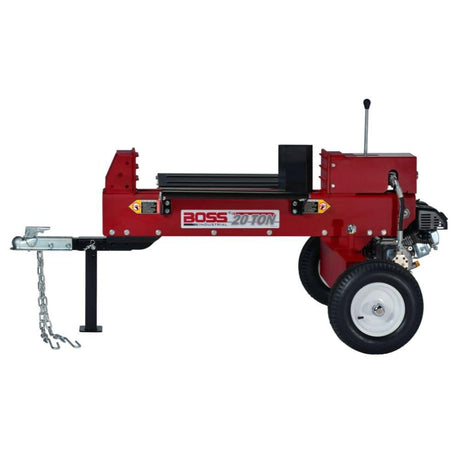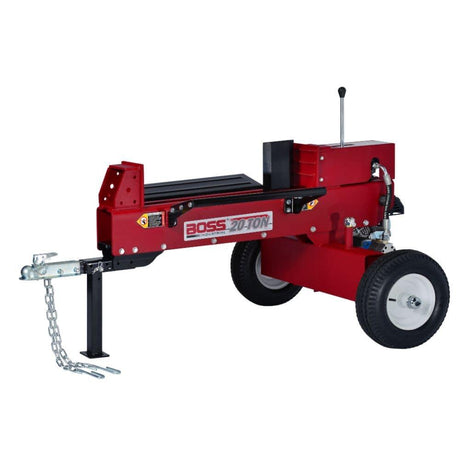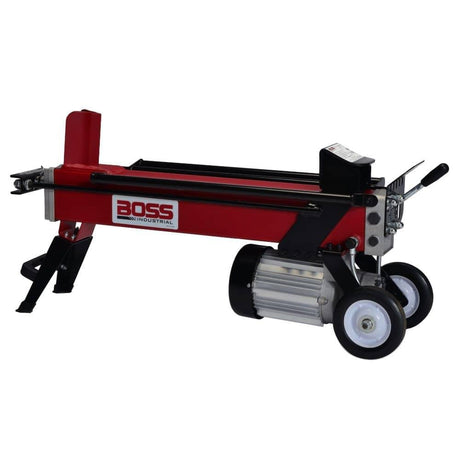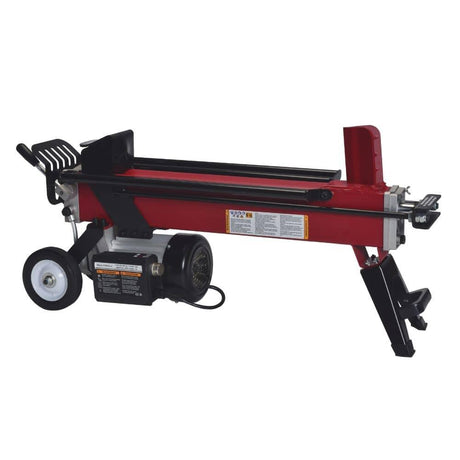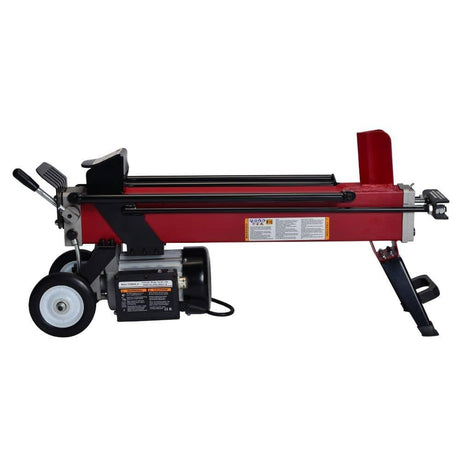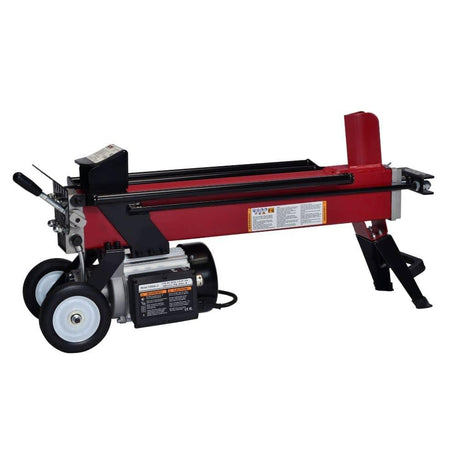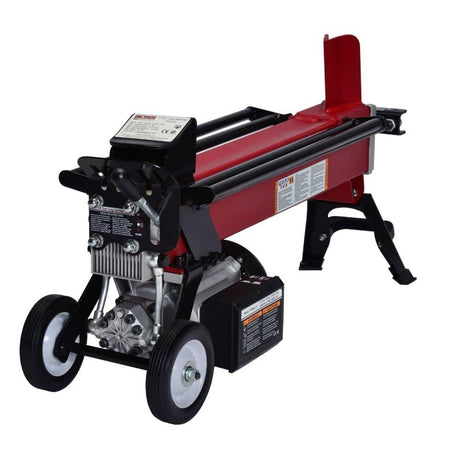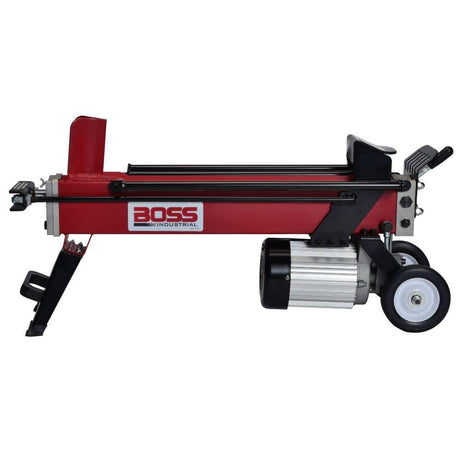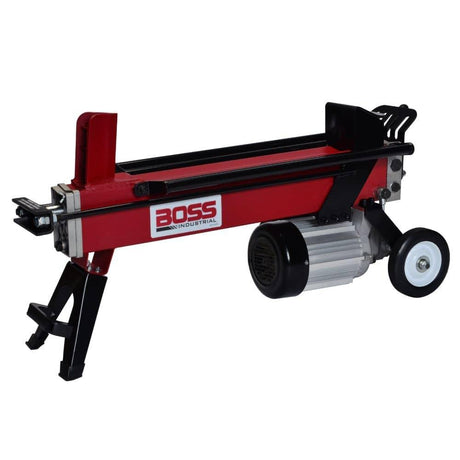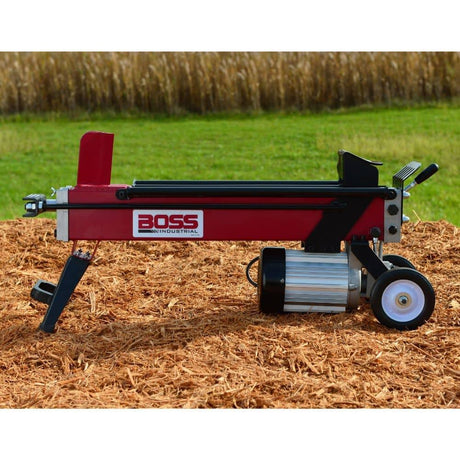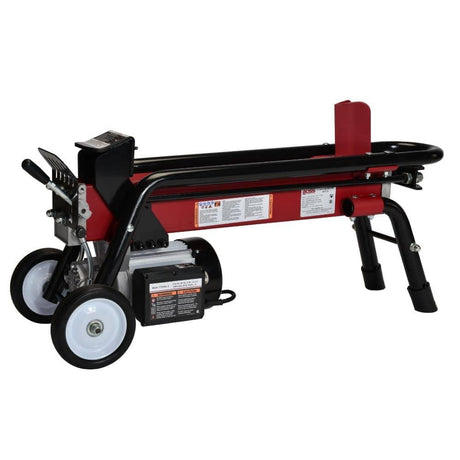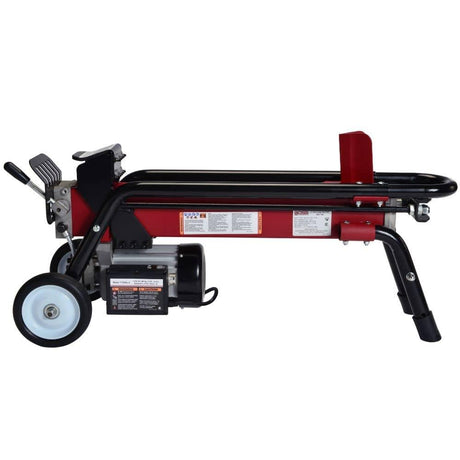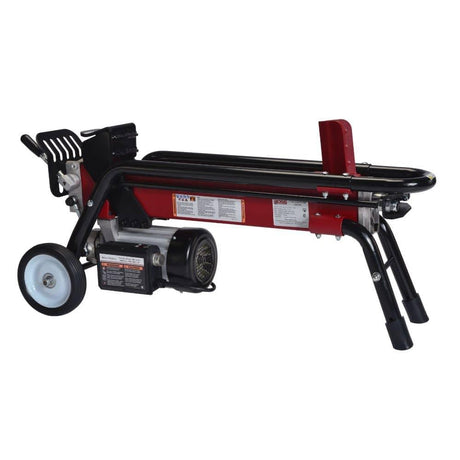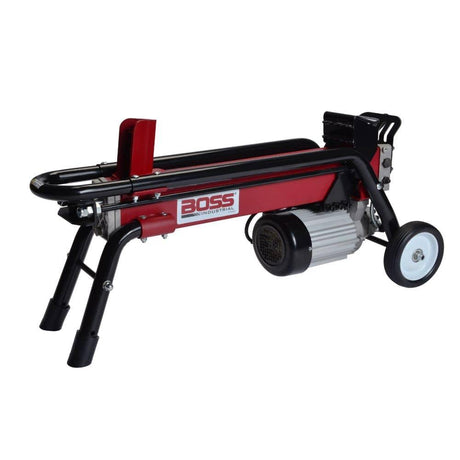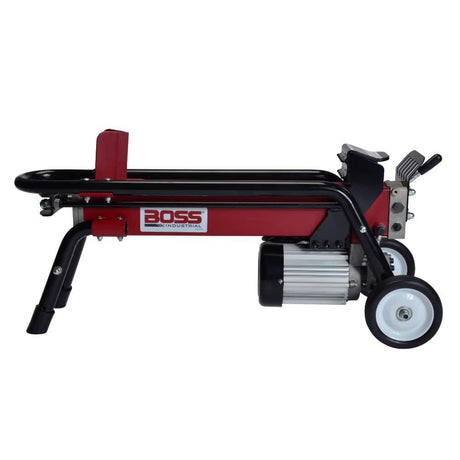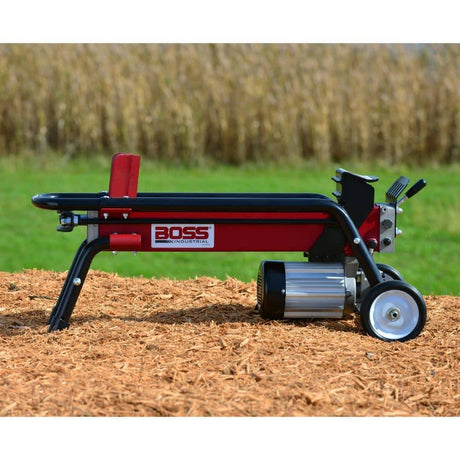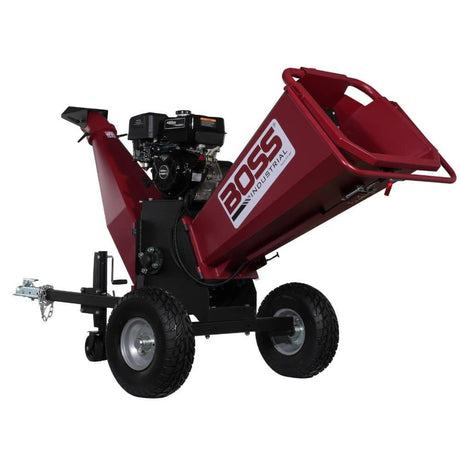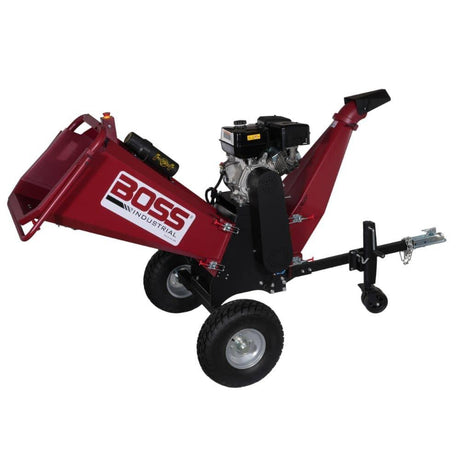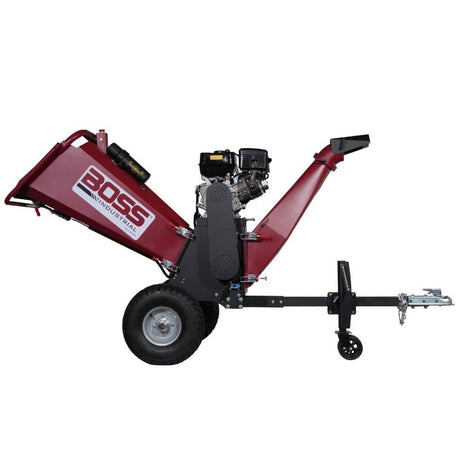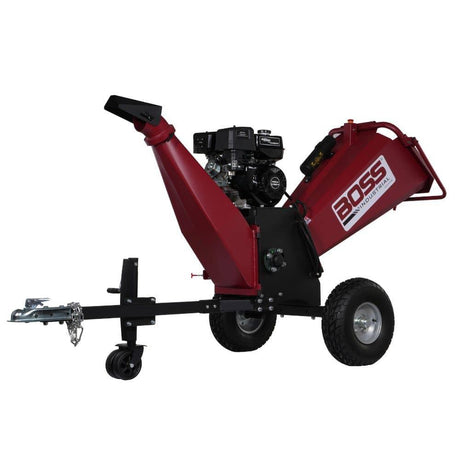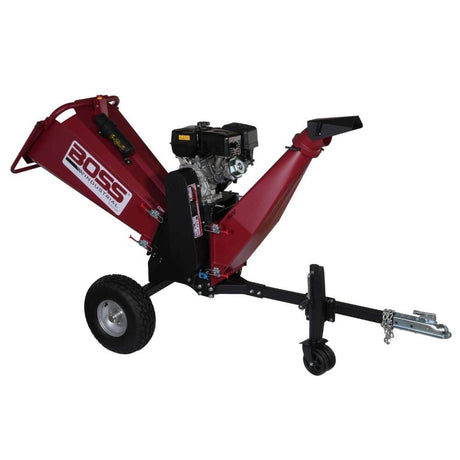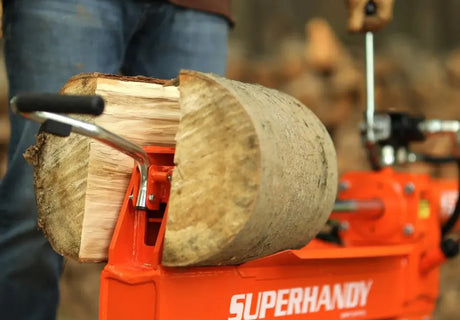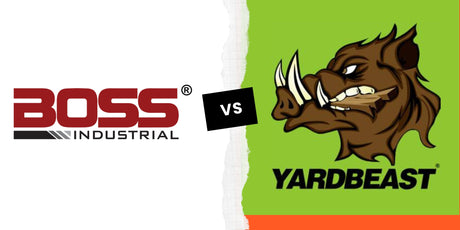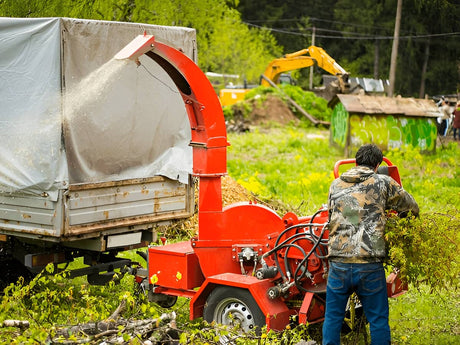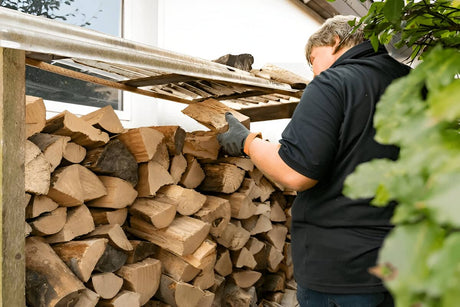Log splitters are built tough-but even the best machine can hit a wall if key components are neglected. Whether it's a hydraulic hiccup or user error, small issues can snowball fast. In this article, we'll break down the most common problems that lead to splitter failure-and what to do about them before your productivity grinds to a halt.
If you want a full maintenance plan, see our Log Splitter Maintenance Checklist by Hours of Use to keep your splitter running smoothly.
Key Takeaways
- Most splitter failures come from hydraulics, mechanical wear, or poor prep.
- A lot of problems are preventable with basic routine checks.
- Cold weather, dull wedges, or wrong log size can all cause big slowdowns.
- Knowing how to troubleshoot common issues can save hours-and expensive repairs.
Common Log Splitter Problems and Fixes (With Prevention Tips)
Below is a complete breakdown of the top failure points across all major systems: hydraulic, mechanical, electrical, and environmental. Each row includes the cause, how to fix it, and what to do to avoid it in the future.
Tip: Don’t wait for a breakdown. If your splitter is slowing down or acting weird, check fluid and wedge sharpness first—they’re behind most performance issues.
| Category | Issue | Cause | Solution | Prevention |
|---|---|---|---|---|
| 🛢️ Hydraulic Issues | Low Hydraulic Fluid | Fluid below optimal level reduces pressure | Check reservoir and refill fluid | Inspect fluid level before every use |
| Air in System | Air bubbles compromise hydraulic pressure | Bleed system per manual instructions | Always bleed after fluid refill or maintenance | |
| Oil Leaks | Damaged seals or hoses leak fluid | Replace seals or leaking hoses | Check connections and seals regularly | |
| 🪵 Log Prep Issues | Oversized Logs | Log exceeds capacity of splitter | Trim log to splitter's max size | Measure logs before splitting |
| Log Not Centered | Log not aligned with wedge | Realign log before operation | Place logs carefully and use centering guides | |
| Wet or Green Wood | Moisture makes wood harder to split | Use only well-seasoned dry wood | Dry wood before splitting for best results | |
| ⚙️ Mechanical Issues | Dull Wedge | Blunt wedge can't penetrate efficiently | Sharpen or replace the wedge | Routine wedge inspection and sharpening |
| Ram Not Returning | Hydraulic valve or piston malfunction | Inspect valve; service hydraulic components | Keep piston clean and valves adjusted | |
| 🔌 Electrical Issues | Capacitor Failure | Capacitor prevents motor from starting | Install a new capacitor | Avoid power surges; store splitter properly |
| Power Supply Problems | Low voltage or improper extension cord | Use proper cords and outlets | Match splitter to correct outlet and cord | |
| 🌦️ Operational/Environmental | Uneven Ground | Instability causes poor performance | Move to flat, level surface | Set up on even surfaces or pad as needed |
| Cold Weather | Hydraulic oil thickens, slowing operation | Warm machine before use | Store in warm place or pre-warm fluid |
What This Table Shows
This table is grouped into key categories of log splitter problems:
- Hydraulic issues (fluid, air, leaks)
- Log prep issues (size, alignment, moisture)
- Mechanical problems (dull wedges, stuck rams)
- Electrical issues (capacitor, power supply)
- Environmental factors (cold weather, uneven ground)
Each row walks you through:
Even if you’re not a mechanic, spotting early signs of these problems can help you take action fast—before a minor issue becomes a costly one.
- The problem
- What's causing it
- How to fix it
- How to prevent it from happening again
Instead of sifting through manuals or guessing, this layout gives you a quick go-to checklist that covers 90% of real-world breakdowns.
How to Use This Data in Real Life
This isn't just about solving problems-it's about working smarter.
Think of this table like a cheat sheet: it’s faster than the manual and more accurate than guessing when your splitter stops cooperating.
👷 Planning Your Maintenance
- Check your hydraulic fluid before every job. This alone prevents half the issues I see.
- Make wedge sharpening a monthly habit if you're splitting regularly.
🧱 Prepping Your Wood
- Oversized or wet logs are splitter killers.
- Dry, centered, appropriately sized wood makes your machine-and your back-thank you.
⚡ Avoiding Electrical Surprises
- If you're using an electric splitter, a $20 heavy-duty extension cord beats blowing a capacitor or motor.
- Always plug into a grounded outlet with proper amperage.
🌡️ Adapting to the Weather
- If it's below freezing, pre-warm your machine or store it inside. Cold fluid = sluggish hydraulics.
🛠️ Real-World Example
I once had a customer bring in a "broken" gas splitter. Turned out the ram wasn't returning because the machine was sitting on uneven gravel, causing binding. We leveled the surface-and it worked like new.
And when you’re done splitting, learn how to use leftover chips as mulch with our Top Tips for How to Use Wood Chips as Free Mulch in Your Garden to get more value from your work.
Final Thoughts
Log splitter failures are rarely about "bad machines"-they're almost always about something small being overlooked. That's good news because most issues are easy to fix and even easier to prevent.
So next time your splitter isn't performing like it should, pull up this checklist. A few minutes of troubleshooting can save you hours of frustration-and hundreds in repairs.
👉 Want reliable log splitters that hold up long-term?Check out our top-rated models here → and make downtime a thing of the past.


